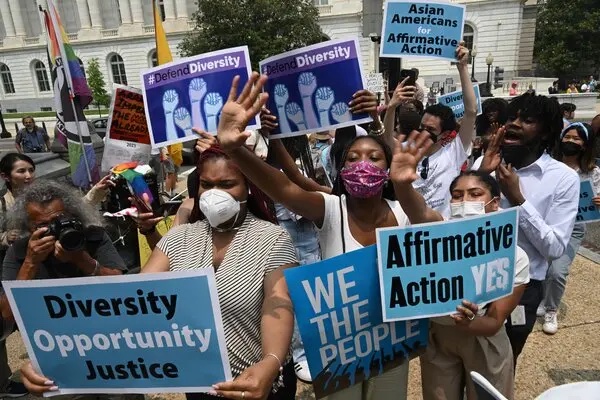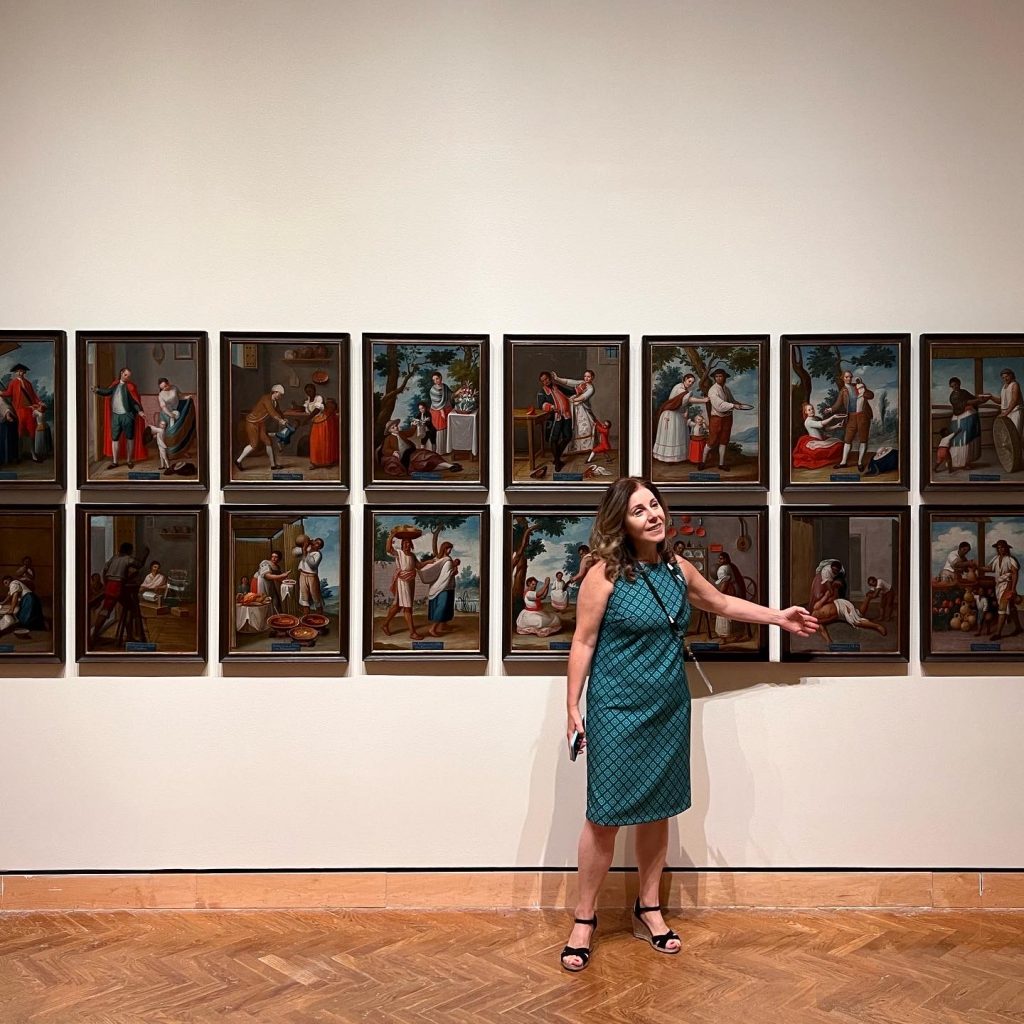This week’s edition covers stories
from June 29th to July 5th, 2023.
Today’s issue is 700 words, a 5.5-minute read.
Isabella and Helene talk the death of affirmative action in higher education and insights from MIA’s Latin American Art Curator
on how to transform the narrative
Good morning, NewPrensa readers! Helene here. I’m back from two weekends in a row of traveling, but I always feel good leaving NewPrensa in Isabella’s capable hands. It’s not just me that’s been busy these last two weeks, though: the SCOTUS has been too. I watched them, along with most of you, I’m sure, release decision after decision that made me look up from my NYTimes app and heave a dramatic sigh. The highlights are these: affirmative action is done for, we actually won’t be getting 10k in student loan forgiveness, and the first amendment right to refuse services to same-sex marriages stands. Yikes! What a series of unfortunate events.

I would like to zoom in on the strike down of affirmative action, specifically what it means for Minnesota students. But first, let’s understand what affirmative action is. The idea began in the 1960s in the United States as a way to promote equal opportunity in employment to individuals from marginalized groups. Colleges and universities took cues from these laws to encourage diversity on their campuses, but ultimately it was a school by school decision of how they wanted to approach the admissions process. Originally, many schools operated on a quota system to ensure racial diversity on campus. In 1978, quotas were outlawed in higher education admissions, and schools turned to what is known as a “holistic” approach to admissions, in which race is a factor but not the only factor.
So, what happened in last week’s ruling? The Supreme Court ruled on two cases, one related to Harvard and the other University of North Carolina. The affirmative action admissions policies were ruled unconstitutional at both schools. Then, in a 6-2 vote, the Supreme Court overturned the ability for universities to use affirmative action policies in their admissions process, removing race as a factor in admissions. So how does this impact students in Minnesota? Well, none of the colleges and universities that make up the Minnesota state system use race as a factor in admissions, meaning nothing about the application process will change as a result of this ruling. It’s still unclear exactly how admissions to universities that did factor in race will change, but the changes will likely bring about new inequalities in the already white-washed higher education world. That’s all from me this week.

In a world where museums have long been gatekeepers of history and culture, Valéria Piccoli, the Latin American art curator at the Minneapolis Institute of Art (MIA), seeks to change the narrative. By challenging the singular narratives of art history, Piccoli embarks on a journey with MIA’s new exhibit “ReVisión: Art in the Americas” that explores the diverse contributions of Latin America, urging museums worldwide to embrace the multiplicity of histories that shape our cultural landscape.
In December 2022, Valéria Piccoli assumed her position as the Latin American art curator at the Minneapolis Institute of Art (MIA). A position she couldn’t refuse, she moved across hemispheres, from Brazil to the United States, and began to examine the objects the MIA already possessed. She was determined to make a plan of “how to grow and make the community recognize itself and its culture of the museum.” Although the relationship isn’t “monolithic”, as Piccoli stated, by understanding the museum’s past work and the Latin American community’s expectations from the institution, the two can build a closer relationship.
“It’s an expansion. It’s a challenge for me as well in terms of expanding my expertise to Latin America as well,” said Piccoli.
When she first arrived, she noticed the importance of Latin artist visibility in the museum. The curator is responsible for the Latin American art collection up until 1970. “Everything after 1970 is the responsibility, or is under purview of another department, which is the global contemporary art,” Piccoli said.
“It’s like seeing the world through other sensibilities, and how they respond to the same challenges that we face.” Her fascination with art always keeps her interested in meeting and listening to what other artists have to say. Despite her appreciation, she doesn’t make a final decision as to who exhibits at the museum.
That is all from us today folks! Remember to listen to our lovely collaborative playlist, NewMusica. Until next Thursday.
– Isabella and Helene

We’re Communications Specialists by day
and gon’ fishin’
by night!
Do you enjoy reading NewPrensa?
Forward it to someone you think may enjoy it too!
Got suggestions, feedback, or a good scoop?
Send it to us at newprensa@newpublica.com
If someone sent this newsletter your way, feel free to subscribe to get local, BIPOC news delivered to your inbox every Thursday morning.



